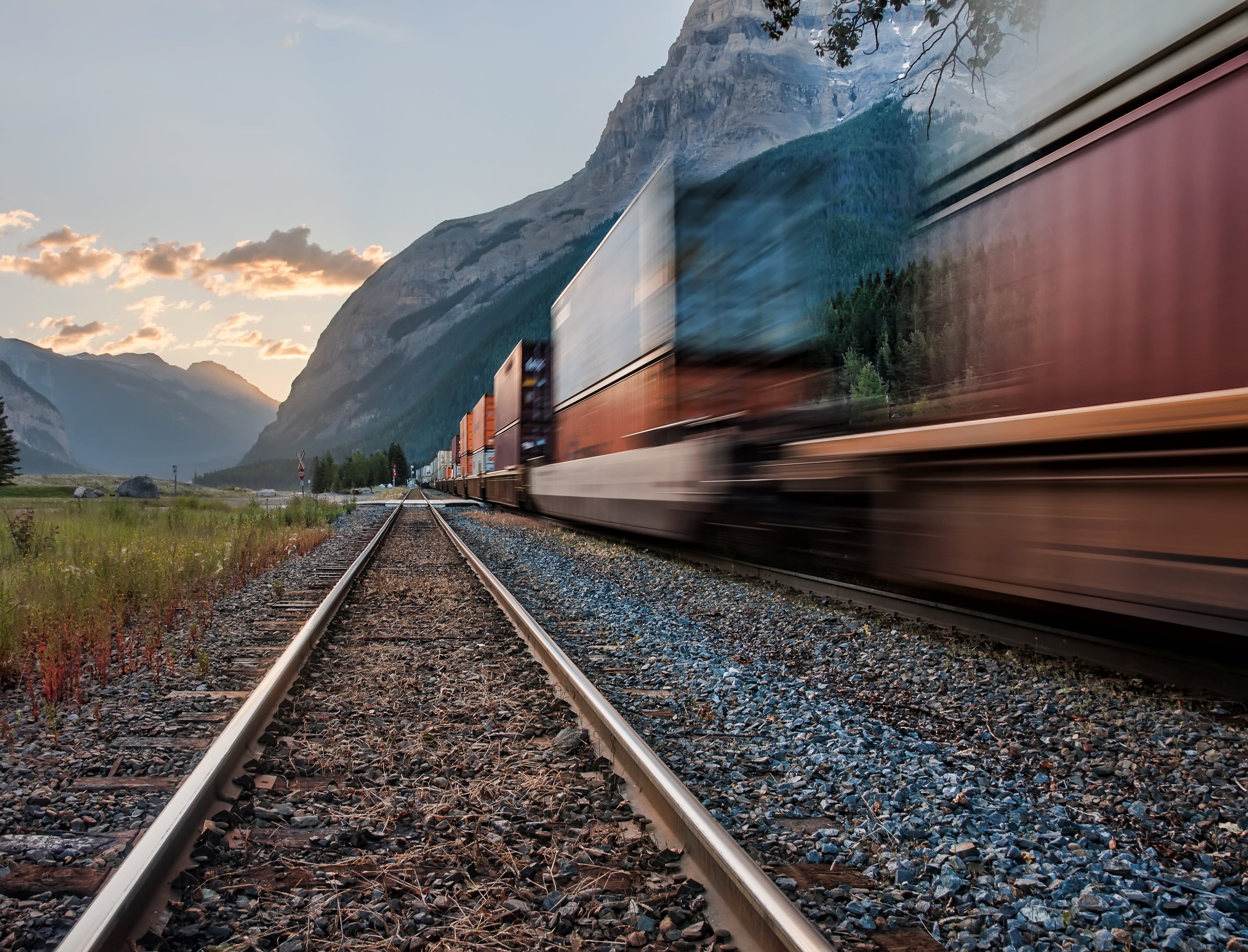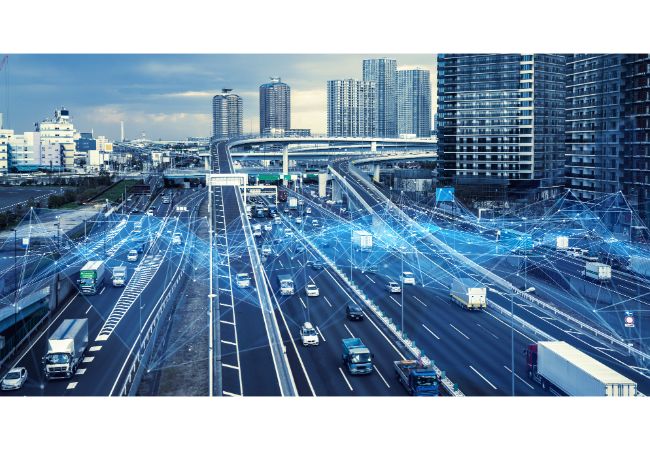The latest Industry News
There are three main types of transport modes addressing the mobility needs of people and shipping companies, each with its own set of technical, commercial and operational particularities. They include land transport modes (i.e. road transport, rail transport and pipeline transport), sea transport modes and, last but not least, air transport modes.
While the space requirements are quite significant with this particular transportation branch, the physical constraints are minimal as compared to the other transportation modes. However, things are quite different on a physiographical level, the costs of building road infrastructures over rugged terrains or in river areas, for instance, being very high. The maintenance costs are also significant in this particular area, both as far as the road infrastructures and the vehicles go. Another advantage of road transportation lies in the fact that it is reasonably flexible from an operational point of view and provides ideal shipping solutions in terms of freight distribution to serve light industries in particular. Finally, it should also be noted that although initially designed to support the domestication of animals as well as facilitate cycling, walking and all non-motorized transportation modes, it is motorization that lies at the basis of road transportation as we know it today. It has been ever since the early 20th century.
As a result of the progress made in the technological field, railway transportation now also includes monorails and maglev (magnetic levitation), apart from the traditional railways. However, despite containerization increasing its operational flexibility by connecting road, rail and maritime transportation modes, it remains far less flexible than road transportation overall, thus being preferred as a solution for heavy industries. This transportation area is also associated with a larger number of physical constraints, often related to gradients or locomotive types, among others. However, it manages to provide the largest capacity of all modes of transportation, the heaviest cargo ever shipped weighing as much as 23,000 tons.
Pipelines provide endless possibilities in terms of transportation, running both underwater and on land. The Trans Alaskan pipeline, for instance, whose total length reaches 1,300 km, runs mostly on land. Pipeline terminals play an essential role in this type of transportation, being established in the proximity of harbours and refineries. The longest oil pipeline runs between eastern Siberia and western Europe over 9,344 km, whereas the longest gas one runs between Sarnia, Canada and Alberta over 2,911 km. The physical constraints are very low in both cases, the ones associated with the former, for instance, including the pergelisol and the landscapes in the arctic and subarctic areas. As a rule, the larger the diameter of the pipe, the greater the length of the pipeline and the higher the viscosity of the fluids, the higher the transportation costs.
Similarly to rail transportation, maritime transportation is also suitable for the shipment of large cargos. In fact, a number of factors, which include limited friction and buoyancy, recommend it as an ideal solution for shipping jobs involving large-volume cargos and long distances. While the maritime space expands from channels to oceans, the most intense maritime shipping activity takes place in the North Pacific and Atlantic Oceans. In fact, channels and locks are designed to ensure a continuous shipping activity, dredging operations serving the same purpose. This type of transportation is preferred mostly by shippers operating in heavy industries like the steel one or the petrochemical one. As for the financial factor, this is indeed a significant one, port infrastructures requiring high building, maintenance and improvement costs.
Basically, there are no limits when it comes to air routes. However, the traffic is heavier in areas like Europe, North America as well as the North Atlantic Ocean and the North Pacific one. There are a number of factors which can interfere with the air transportation activity such as unfavourable weather conditions or which condition it like the site, a proper take-off or landing requiring as much as 3,3 km of runway. Air transportation is most commonly preferred by the tourism and finance industries, which involve people travelling over long distances. However, it has gained a lot of popularity in the area of global logistics and become the top choice for shipping valuable cargos too.
Similarly to all other areas, the end goal with any shipping job is to reach maximum efficiency levels. When it comes to shipping, this goal can easily be achieved by combining various modes of transportation, depending on the specifics of the shipping job. Although commonly encountered in the public transit area and therefore used for passenger transit purposes, intermodal transportation has proved to be the most effective when used for freight shipping purposes. Moreover, its efficiency has been maximised by the use of containerization as a way to connect land and maritime transportation modes.
There is still a lot of debate on whether telecommunications can be referred to in the context of transportation or not for, unlike the traditional forms of transportation, they lack the physical component. They deal with information. However, they enable the transportation of unlimited amounts of it. Moreover, this transfer is carried out instantaneously or rather at the speed of light, at least theoretically. The constraints are very low with this unconventional form of transportation. For the most part, they address the problem of cable setting, which is impaired in some areas, such as oceanic ones, for instance. Some transmissions, such as wave transmissions, only have limited coverage, so the setting of substations may be required, which leads to the network costs being quite elevated in this particular area. The distribution costs, on the other hand, are very low. It should be noted that this form of transportation is commonly associated with stock markets, b2b information networks and the like. In other words, it sets itself apart as an unlimited resource for the tertiary and quaternary sectors. In addition to this, some economic sectors turn to telecommunications to ensure the transportation of personal goods.
Road transportation
While the space requirements are quite significant with this particular transportation branch, the physical constraints are minimal as compared to the other transportation modes. However, things are quite different on a physiographical level, the costs of building road infrastructures over rugged terrains or in river areas, for instance, being very high. The maintenance costs are also significant in this particular area, both as far as the road infrastructures and the vehicles go. Another advantage of road transportation lies in the fact that it is reasonably flexible from an operational point of view and provides ideal shipping solutions in terms of freight distribution to serve light industries in particular. Finally, it should also be noted that although initially designed to support the domestication of animals as well as facilitate cycling, walking and all non-motorized transportation modes, it is motorization that lies at the basis of road transportation as we know it today. It has been ever since the early 20th century.
Rail transportation
As a result of the progress made in the technological field, railway transportation now also includes monorails and maglev (magnetic levitation), apart from the traditional railways. However, despite containerization increasing its operational flexibility by connecting road, rail and maritime transportation modes, it remains far less flexible than road transportation overall, thus being preferred as a solution for heavy industries. This transportation area is also associated with a larger number of physical constraints, often related to gradients or locomotive types, among others. However, it manages to provide the largest capacity of all modes of transportation, the heaviest cargo ever shipped weighing as much as 23,000 tons.
Pipeline transportation
Pipelines provide endless possibilities in terms of transportation, running both underwater and on land. The Trans Alaskan pipeline, for instance, whose total length reaches 1,300 km, runs mostly on land. Pipeline terminals play an essential role in this type of transportation, being established in the proximity of harbours and refineries. The longest oil pipeline runs between eastern Siberia and western Europe over 9,344 km, whereas the longest gas one runs between Sarnia, Canada and Alberta over 2,911 km. The physical constraints are very low in both cases, the ones associated with the former, for instance, including the pergelisol and the landscapes in the arctic and subarctic areas. As a rule, the larger the diameter of the pipe, the greater the length of the pipeline and the higher the viscosity of the fluids, the higher the transportation costs.
Maritime transportation
Similarly to rail transportation, maritime transportation is also suitable for the shipment of large cargos. In fact, a number of factors, which include limited friction and buoyancy, recommend it as an ideal solution for shipping jobs involving large-volume cargos and long distances. While the maritime space expands from channels to oceans, the most intense maritime shipping activity takes place in the North Pacific and Atlantic Oceans. In fact, channels and locks are designed to ensure a continuous shipping activity, dredging operations serving the same purpose. This type of transportation is preferred mostly by shippers operating in heavy industries like the steel one or the petrochemical one. As for the financial factor, this is indeed a significant one, port infrastructures requiring high building, maintenance and improvement costs.
Air transportation
Basically, there are no limits when it comes to air routes. However, the traffic is heavier in areas like Europe, North America as well as the North Atlantic Ocean and the North Pacific one. There are a number of factors which can interfere with the air transportation activity such as unfavourable weather conditions or which condition it like the site, a proper take-off or landing requiring as much as 3,3 km of runway. Air transportation is most commonly preferred by the tourism and finance industries, which involve people travelling over long distances. However, it has gained a lot of popularity in the area of global logistics and become the top choice for shipping valuable cargos too.
Intermodal transportation
Similarly to all other areas, the end goal with any shipping job is to reach maximum efficiency levels. When it comes to shipping, this goal can easily be achieved by combining various modes of transportation, depending on the specifics of the shipping job. Although commonly encountered in the public transit area and therefore used for passenger transit purposes, intermodal transportation has proved to be the most effective when used for freight shipping purposes. Moreover, its efficiency has been maximised by the use of containerization as a way to connect land and maritime transportation modes.
Telecommunications
There is still a lot of debate on whether telecommunications can be referred to in the context of transportation or not for, unlike the traditional forms of transportation, they lack the physical component. They deal with information. However, they enable the transportation of unlimited amounts of it. Moreover, this transfer is carried out instantaneously or rather at the speed of light, at least theoretically. The constraints are very low with this unconventional form of transportation. For the most part, they address the problem of cable setting, which is impaired in some areas, such as oceanic ones, for instance. Some transmissions, such as wave transmissions, only have limited coverage, so the setting of substations may be required, which leads to the network costs being quite elevated in this particular area. The distribution costs, on the other hand, are very low. It should be noted that this form of transportation is commonly associated with stock markets, b2b information networks and the like. In other words, it sets itself apart as an unlimited resource for the tertiary and quaternary sectors. In addition to this, some economic sectors turn to telecommunications to ensure the transportation of personal goods.
If you have any questions regarding our services,
tracking your parcel or advice, we're here


